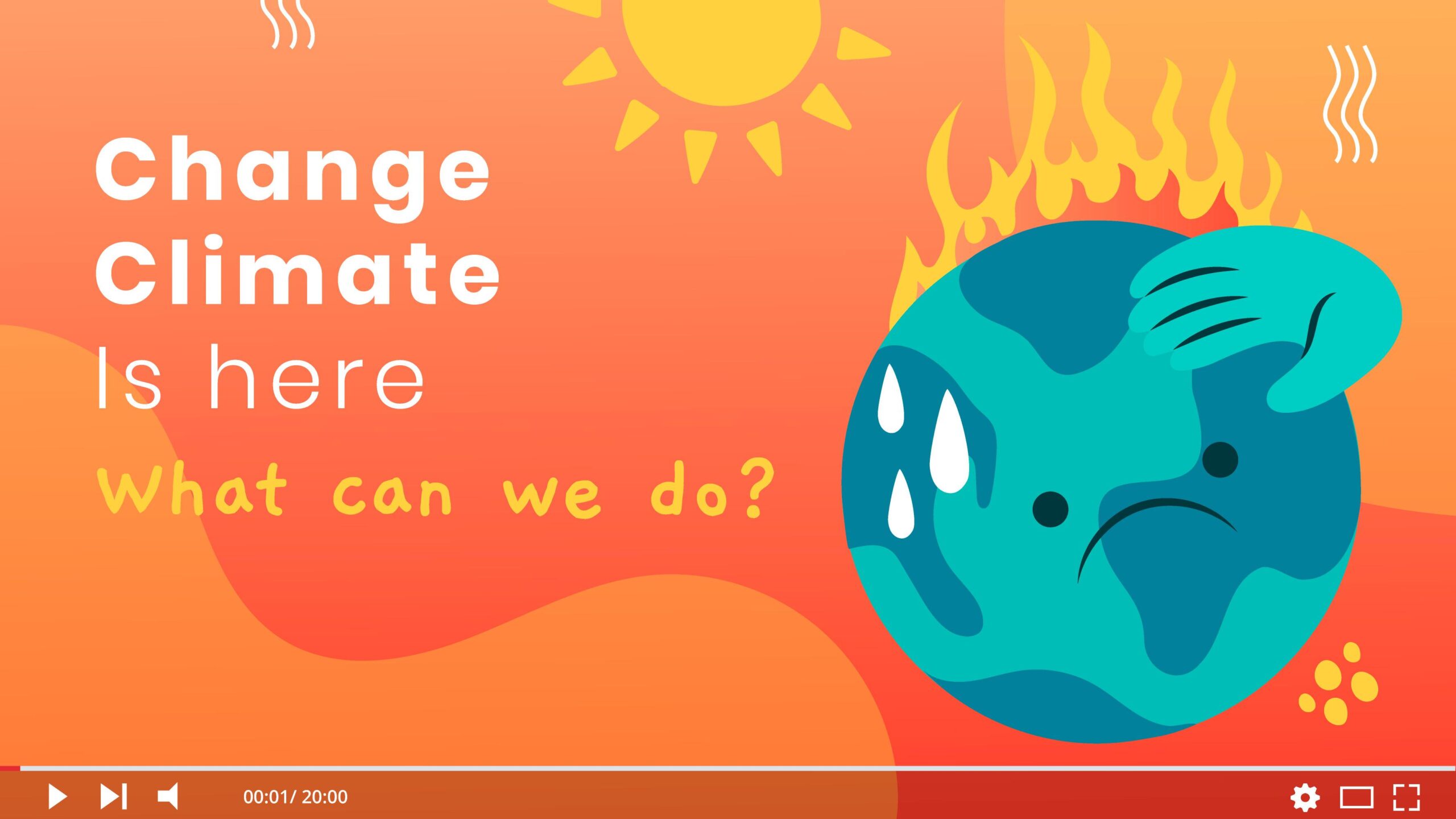In the digital age, YouTube has emerged as a powerful platform that revolutionizes how we access and consume information. When it comes to climate change education, YouTube offers a wealth of opportunities to reach and engage a global audience. In this article, we will explore the advantages of YouTube as a platform for climate change education, supported by research and expert opinions.
Accessible and Global Reach:
YouTube’s immense popularity and accessibility make it an ideal platform for disseminating climate change education on a global scale (Schutt et al., 2020). With over two billion active monthly users (YouTube, n.d.), YouTube provides an opportunity to reach individuals from diverse backgrounds, ages, and geographical locations. Content creators can leverage this platform to share educational videos, documentaries, and expert talks, ensuring that climate change knowledge reaches a wide and diverse audience.
Engaging Visual Medium:
The visual nature of YouTube videos makes them highly engaging and effective in conveying complex climate change concepts (Hart et al., 2021). Through compelling visuals, animations, and infographics, creators can simplify intricate ideas and present them in a visually appealing manner. This enhances viewer comprehension, retention, and engagement. The combination of visuals and audio in YouTube videos captures attention and conveys information more effectively than traditional text-based resources alone.
Diverse Content and Perspectives:
YouTube offers a vast array of climate change-related content, allowing viewers to access diverse perspectives and insights (Wutte et al., 2020). Content creators from around the world share their knowledge, experiences, and solutions related to climate change. This diversity of voices fosters critical thinking and encourages viewers to evaluate different viewpoints. It also promotes inclusivity by highlighting the experiences of marginalized communities disproportionately affected by climate change.
Interactive Learning and Collaboration:
YouTube’s interactive features, such as comments and discussion sections, enable viewers to engage in dialogue, ask questions, and exchange ideas (Koh et al., 2019). This fosters a sense of community and collaboration, where learners can connect with content creators and fellow viewers to deepen their understanding of climate change. Additionally, content creators often respond to viewer comments, providing clarification and further enriching the educational experience.
Current and Timely Information:
The dynamic nature of YouTube ensures that climate change education remains up-to-date with the latest research and developments (Bonfadelli et al., 2018). Content creators can rapidly produce and upload videos that address emerging issues, scientific discoveries, and global events related to climate change. This allows learners to stay informed and engaged with the most recent information, ensuring that their knowledge remains current and relevant.
Reference List:
- Bonfadelli, H., Latzer, M., & Rössler, P. (2018). Online Video Consumption and Communication. In The Routledge Companion to Digital Media and Children (pp. 184-194). Routledge.
- Hart, P. S., Feldman, L., Capelos, T., & Ognyanova, K. (2021). YouTube and Climate Change: Visual Strategies for Engagement and Educating Viewers. Environmental Communication, 1-20.
- Koh, E., Liew, Y. J., & Lim, W. Y. (2019). Investigating the Role of Comments in the YouTube Science Communication Landscape. Public Understanding of Science, 28(8), 923-942.
- Schutt, R. K., Ochsner, L., & Schutt, A. (2020). On Air Pollution and Climate Change: An Empirical Study of YouTube’s Effectiveness as a Pedagogical Tool. Journal of Cleaner Production, 242, 118521.
- Wutte, M., Hahmann, T., Borokhovski, E., & Houben, G. J. (2020). Climate Change Education on YouTube: A Systematic Review of Video Characteristics, Educational Content, and Instructional Design. Environmental Education Research, 26(10), 1485-1505.
- (n.d.). YouTube Press. Retrieved from https://www.youtube.com/about/press/

